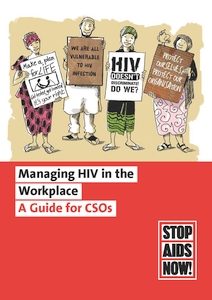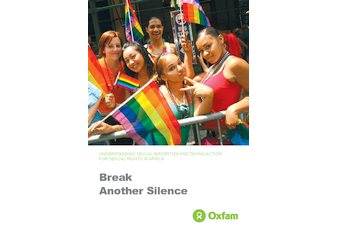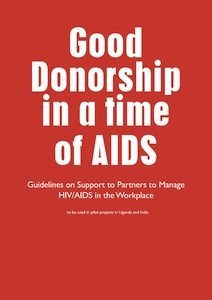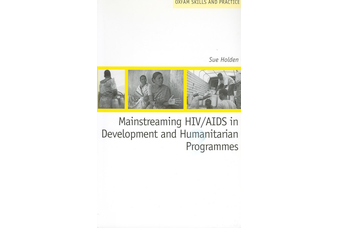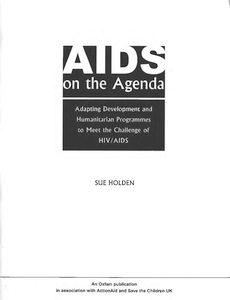A Different Way: Young women, their sexual orientations and their sexual rights
Rutgers WPF asked gay and straight young people from around the world about what information would help girls and young women who have questions about their sexual orientation. I used their ideas and queries to write A Different Way, which was also translated into French as Vivre Sa Difference.
Extract
All around the world, people’s ideas of sex, love and marriage focus on men and women. But this is not the whole story! There are different ways to be, including relationships between women, and relationships between men. But there is not much information available to help young women find their way.
We have written this booklet for young women who:
- may be feeling different;
- want to know more;
- have questions about their sexuality;
- and want to do what is best for themselves.
We want to give young women information about different sexual orientations. We hope it will help them to understand the issues better, and to make good choices, particularly if they are feeling unsure. This booklet should also be useful for people who work with young women, such as teachers and health workers.
Our values
We believe in human rights. They are things which everyone should have. Among them are sexual rights. Everyone should be able to choose their sexual partner, to decide whether or not to have sex, and be free to try and have a satisfying and safe sexual life.
Too often these sexual rights are abused. For example, young women are forced or pressurised into having sex, or required to marry a certain man. The situation is usually worse for women who are attracted to other women.
Sometimes information can help. In many cultures young people get a confusing mix of messages from films, magazines, friends, family members, and religious leaders. Some of this information is incorrect. Some of it is used to try and control them. Many adults think telling young people information about sex will lead to them having sex. This is not true! Many studies have shown that getting information about sex and healthy relationships helps young people to make better decisions.
What’s in this booklet
Chapter 2 is about sex and healthy relationships. It should be useful to all young women.
Chapter 3 explains what gender identity is, and outlines the different kinds of attraction or sexual orientation that are normal for humans.
Chapter 4 has a lot of questions and answers about women who are attracted to other women. They should be interesting to young people in general, and particularly to young women who are trying to figure out their sexual orientation.


